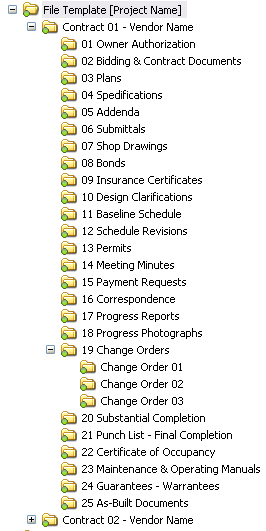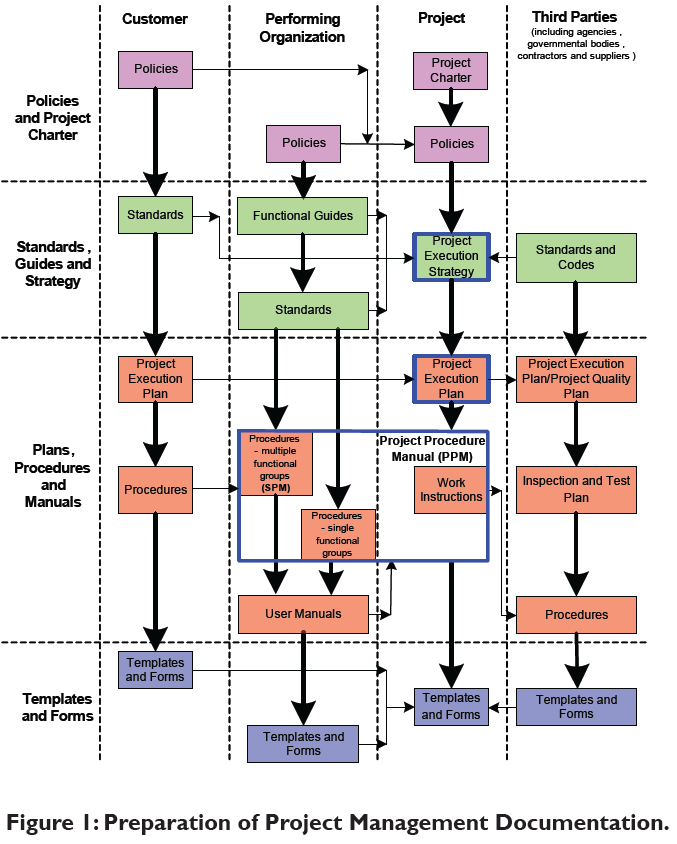Building Better Projects: The Duty of Construction Document Management in Success
Building Better Projects: The Duty of Construction Document Management in Success
Blog Article
Engineer's Overview to Simplifying Building And Construction Document Monitoring for Efficient Job Execution
The procedure of arranging, sharing, and preserving these papers can commonly end up being a maze of inefficiencies and problems if not managed meticulously. By checking out organized methods, cutting-edge devices, and sector best methods, architects can not only enhance their file management procedures yet also lead the method for extra effective task execution.
Relevance of Reliable Record Monitoring
Reliable document management is vital for designers in the building market as it plays a pivotal role in guaranteeing the successful implementation of projects. Proper organization and monitoring of these records are critical to keep job timelines, ensure compliance with regulations, and assist in effective interaction amongst job stakeholders.

Effective paper monitoring allows architects to gain access to essential information promptly, track task progression precisely, and reduce dangers connected with mistakes or noninclusions. By applying streamlined file monitoring procedures, engineers can boost collaboration with clients, specialists, and other group participants, leading to enhanced task results and client fulfillment.
In addition, effective file administration aids architects preserve a comprehensive job history, allowing them to take advantage of past lessons and experiences learned for future tasks. In today's busy construction market, where timely decision-making and information sharing are vital, reliable file administration is a keystone for success.
Approaches for Improving File Organization
Efficient document management practices not only ensure job success for designers in the building and construction market but additionally lay the foundation for implementing methods for enhancing document organization. To improve file organization effectively, engineers must first develop a clear naming convention for data and folders. Consistency in naming data based upon job stages, document types, and relevant details will certainly promote simple retrieval and lower complication.
Utilizing cloud-based storage solutions can also boost file organization by giving a centralized area for all project-related files - construction document management. This permits staff member to access one of the most current documents from anywhere, advertising collaboration and performance. Carrying out variation control systems further improves file organization by tracking adjustments, avoiding conflicting edits, and making certain that the most up to date variations are constantly readily available
Moreover, developing a logical folder structure with assigned subfolders for various file categories, such as requirements, agreements, and drawings, can streamline paper monitoring processes. Frequently examining and removing repetitive or obsolete documents will certainly help keep a lean and well organized record repository, eventually enhancing productivity and task end results.
Leveraging Modern Technology Tools for Partnership
In the realm of modern-day style, engineers are progressively relying upon sophisticated innovation tools to foster seamless cooperation amongst task stakeholders. Leveraging innovation for collaboration streamlines communication, improves effectiveness, and boosts total job end results. Cloud-based systems such as BIM 360 and Procore enable real-time accessibility to job records, allowing engineers, contractors, and clients to work together successfully no matter their physical place. These tools facilitate concurrent editing, variation control, and immediate updates, lowering errors and hold-ups triggered by miscommunications.
Online design and building and construction (VDC) software like Revit and AutoCAD Architecture allow designers to develop detailed 3D models that can be shared and modified collaboratively. This real-time collaboration boosts design control, visualization, and precision, bring about far better decision-making throughout the project lifecycle. Furthermore, communication tools like Slack and Microsoft Teams provide immediate messaging, data sharing, and video clip conferencing capabilities, fostering smooth communication amongst group participants and stakeholders.
Guaranteeing Precision and Variation Control

Effective variation control also aids in managing paper authorizations and making sure that only licensed workers make alterations. Architects need to develop clear procedures for recording modifications, consisting of timestamps and individual identification, to create an audit path for responsibility. Routinely connecting with the project team concerning version updates and changes is essential to prevent confusion and keep alignment throughout the building and construction process.
Best Practices for Document Sharing and Access
Having established a robust system for version control in building and construction file monitoring, engineers can currently concentrate on maximizing record sharing and access approaches to improve cooperation and efficiency amongst task stakeholders. These platforms supply real-time accessibility to job papers, enabling group participants to see, edit, and comment on files at the same time.
Additionally, carrying out role-based access control is crucial for Web Site keeping data security while facilitating cooperation. Assigning different permission degrees to staff member guarantees that delicate details is just obtainable to authorized workers. Frequently updating access authorizations based on project demands and team modifications is crucial for keeping data honesty.
Incorporating job monitoring software with document sharing systems can likewise improve workflows. This assimilation enables smooth interaction, task tracking, and document administration within a single user interface, decreasing the need to change between multiple devices. By complying with these finest practices, engineers can develop a much more joint and reliable reference file sharing atmosphere, eventually bring about successful job implementation.

Conclusion
In final thought, reliable construction paper monitoring is essential for successful task execution. By executing methods for company, leveraging innovation tools for collaboration, ensuring accuracy and variation control, in addition to complying learn the facts here now with ideal techniques for document sharing and gain access to, architects can streamline their workflow and enhance general job effectiveness. Focusing on these facets of file monitoring will lead to smoother job execution and far better results for all stakeholders included.
Reliable record monitoring is crucial for architects in the building and construction market as it plays a pivotal role in ensuring the effective implementation of tasks. construction document management. Appropriate company and management of these papers are imperative to keep job timelines, make sure compliance with guidelines, and help with reliable communication among task stakeholders
Efficient document monitoring practices not only make certain project success for architects in the building market but additionally lay the foundation for applying strategies for enhancing document company. One key strategy is developing a central record repository where all group members can access the most recent versions of drawings, specs, and various other task papers.Having actually established a durable system for version control in building file management, designers can now concentrate on enhancing paper sharing and accessibility approaches to boost cooperation and effectiveness amongst job stakeholders.
Report this page